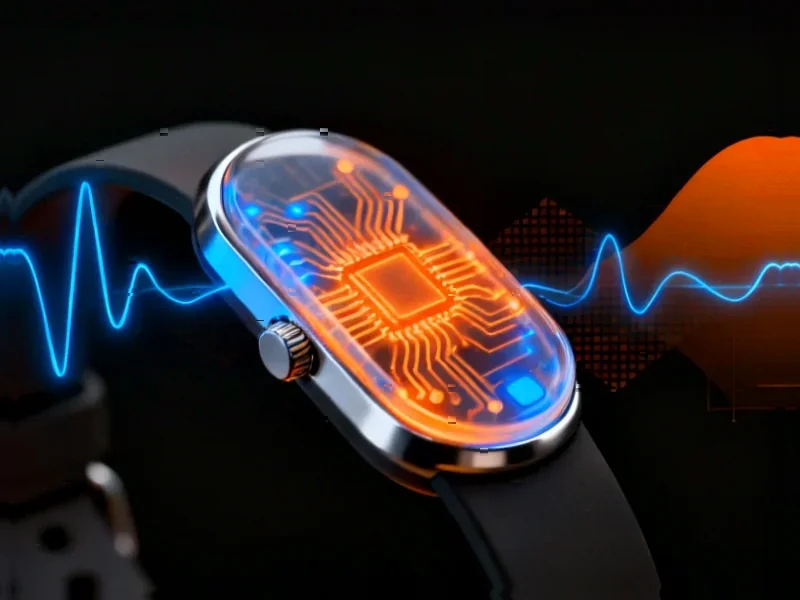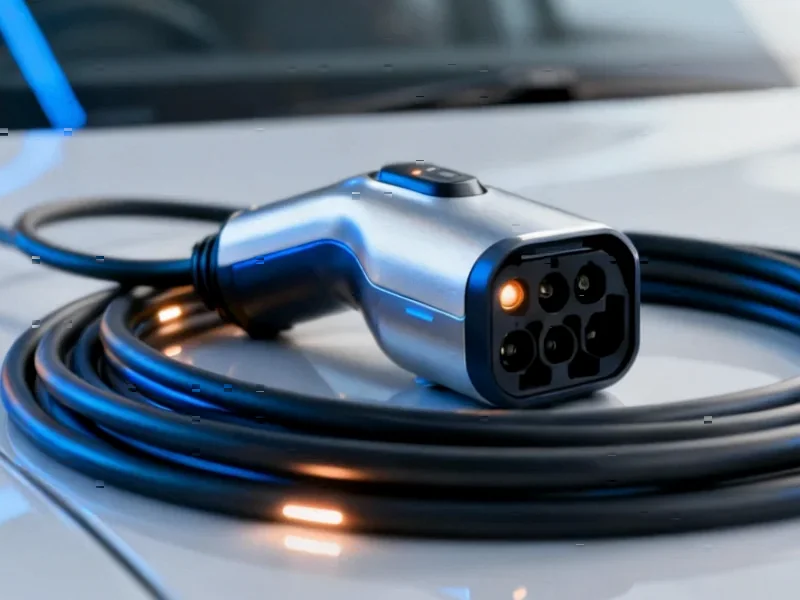According to Fast Company, the disconnect between fire safety urgency and actual household preparation reveals fundamental challenges in traditional safety education methods like pamphlets and classroom presentations. Kidde, a leading safety equipment manufacturer, is exploring augmented reality solutions to address this behavioral gap, aiming to create immersive experiences that build muscle memory and decision-making skills. The company cites educational research showing that active, experiential learning creates stronger retention, with a recent study finding children using AR interventions achieved significantly higher post-test scores compared to those using traditional materials. This shift toward immersive technology represents a strategic pivot in how safety education might evolve beyond static demonstrations.
From Product Sales to Ecosystem Revenue
Kidde’s AR initiative represents more than just corporate social responsibility—it’s a sophisticated business model evolution. Traditional safety equipment companies operate on a straightforward product replacement cycle: sell smoke detectors, fire extinguishers, and carbon monoxide alarms that customers replace every 5-10 years. By integrating AR education, Kidde can create recurring revenue streams through subscription-based safety training platforms, in-app purchases for additional scenarios, and premium content for different risk environments. This transforms their business from one-time hardware sales to an ongoing safety ecosystem where customer engagement becomes monetizable beyond the initial product purchase.
Strategic Positioning Against Smart Home Competitors
The timing is strategic. As smart home companies like Google Nest, Amazon Ring, and Apple HomeKit expand into safety monitoring, traditional safety manufacturers face existential threats. These tech giants offer integrated systems that combine detection with automated responses and professional monitoring services. Kidde’s AR education play creates a defensible moat—while competitors focus on hardware and connectivity, Kidde builds brand loyalty through educational content that genuinely improves safety outcomes. This positions them as safety experts rather than just equipment suppliers, potentially justifying premium pricing for products backed by superior educational resources.
The Hidden Revenue Stream: Insurance Industry Alignment
The most lucrative opportunity may lie in insurance partnerships. Property and casualty insurers have massive financial incentives to reduce fire claims, and many offer premium discounts for safety-conscious homeowners. Kidde’s AR platform could become a certified safety training tool that insurers recommend or even subsidize. Imagine insurance companies providing discounted Kidde AR subscriptions to policyholders, creating a B2B2C revenue model that scales rapidly. The research showing improved retention provides the data-driven justification insurers need to invest in such programs, potentially creating a multi-million dollar partnership channel.
The Reality Check: Adoption Barriers and ROI Questions
Despite the promising potential, significant challenges remain. Consumer adoption of AR for practical applications has been slower than anticipated, with most successful implementations occurring in gaming and entertainment contexts. The hardware requirement—whether smartphone-based or requiring specialized equipment—creates accessibility barriers, particularly for elderly users who represent a high-risk demographic for fire incidents. Additionally, the ROI calculation is complex: developing sophisticated AR content requires substantial investment, and it’s unclear whether consumers will pay directly for safety education that’s traditionally been free. Kidde must navigate whether to absorb these costs as marketing expenses or find creative monetization that doesn’t alienate price-sensitive safety consumers.
Beyond Fire Safety: The Platform Potential
If successful, Kidde’s AR platform could expand far beyond fire safety. The same technology could address earthquake preparedness, severe weather response, home security scenarios, and medical emergency training. This transforms Kidde from a fire safety company into a comprehensive home safety education platform, creating cross-selling opportunities and making the initial AR investment more justifiable. The data collected from user interactions with these simulations could also provide invaluable insights into common behavioral patterns during emergencies, informing future product development and creating proprietary safety intelligence that competitors cannot easily replicate.




